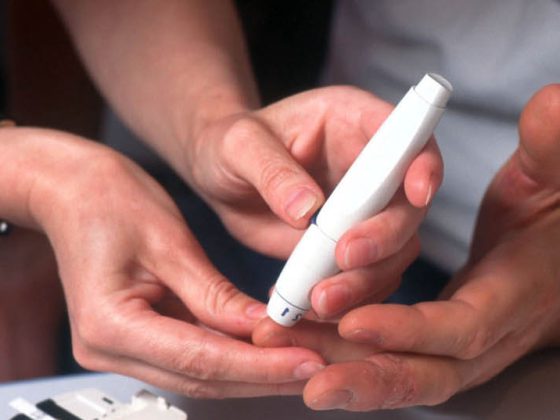For the first time, online gaming behavior at a poker provider was recorded and evaluated via telecommunications providers throughout Switzerland in a study.
Purpose: Previous studies on the epidemiology of online gaming behavior, which already accounts for about 10% of the total gaming volume in Switzerland, were usually conducted by collecting self-reports from affected individuals. Individual studies were able to use data sets from online gaming providers. All methods involve considerable methodological problems (e.g., language barriers of affected persons, low interest of complete disclosure of data of online game providers, etc). For the first time, therefore, this study has now recorded and evaluated online gaming behavior with a poker provider via telecommunications providers throughout Switzerland.
Patients and methodology: A nationwide 24-hour complete survey of users’ gaming behavior on a specific Internet poker site was conducted over a two-week period. The netflows between the mobile devices (e.g. smartphones, tablets) and the poker provider were recorded. The playing time and the number of games were then evaluated. The data were anonymized and aggregated. Three groups were formed based on the length of play (green = casual players; orange = at-risk players; red = “addicted” players). It is known from preliminary studies that in the game of poker, the duration of play is positively correlated with the degree of addiction (except for “professional” poker players), so the study presented chose to examine online poker.
Results: A total of 3146 mobile devices and accesses to the online poker site under study were recorded and analyzed during the survey period. 63 gamblers showed “addictive” gambling behavior, 252 gamblers showed at-risk gambling behavior, and 2831 gamblers could be classified as occasional gamblers. It was found that the group of “addicted” gamblers played significantly more at night or during “normal” working hours, compared to the casual gamblers. The group of “vulnerable” players occupied an intermediate position. Furthermore, there were significant differences in total playing time, duration of playing time (“addicted” players played the longest), and number of games (“addicted” players played significantly more games).
Conclusions: On the one hand, this first feasibility study shows that online poker is used very frequently in Switzerland. A not inconsiderable proportion of gamblers show a vulnerable or “addicted” gambling pattern. With this approach, the epidemiology of online gaming behavior, as well as other online behavioral addictions (e.g., social media, shopping behavior, pornography), can be studied more accurately and objectively. Furthermore, this new methodology enables the establishment of a variety of preventive approaches (e.g., identification of underage users, etc.).
InFo NEUROLOGY & PSYCHIATRY 2017; 15(3): 32-33.











